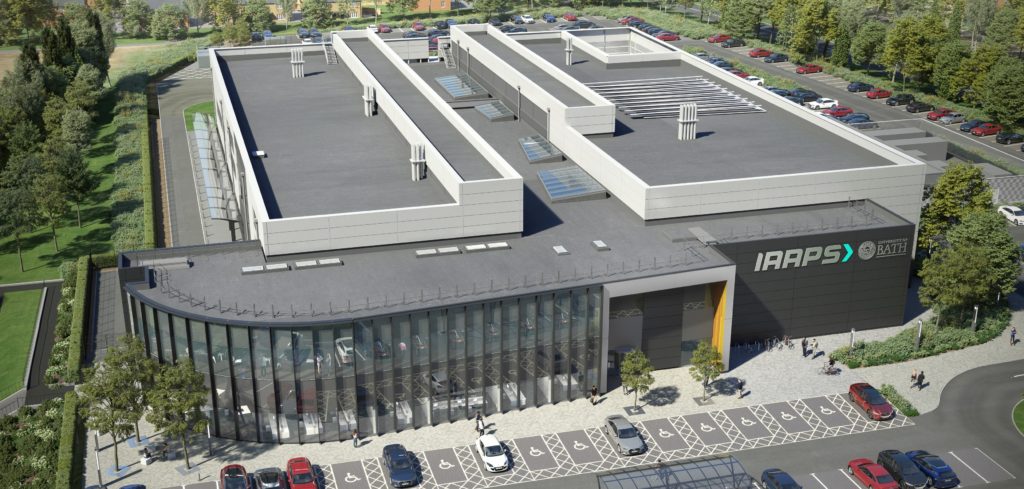A £70m (US$90m) research and development center is to be established in the UK. Led by the University of Bath, the Institute for Advanced Automotive Propulsion Systems (IAAPS) is intended to accelerate the pace of innovation for UK companies while increasing the supply of engineers with the skills needed to develop the next generation of clean vehicle powertrains.
“While the breadth and depth of resources and expertise will immediately place IAAPS within the world’s top independent powertrain research facilities, the most exciting aspect is that we are starting with a clean sheet of paper,” explained Prof. Gary Hawley, dean of the Faculty of Engineering & Design at the University of Bath. “We began by plotting the technology roadmap required for the development of zero emissions road transport and planned IAAPS to help accelerate that journey.”
According to the team behind IAAPS, this means not only recognizing that technologies are changing faster than ever before – from pure petrol and diesel to electrified, electric, hydrogen and alternative fuels – but that to facilitate this rapid transition, the industry needs new areas of expertise, new development tools, more skills and new ways of facilitating collaboration and innovation.
“IAAPS will focus as much on the ‘how’ as on the ‘what’,” continued Hawley. “That includes the development of new development processes and simulation techniques, education in new areas of technology and encouraging collaboration between innovators and those who can help realize their ideas.”
Based at the Bristol & Bath Science Park, Bristol, the new center will have 11,300m2 (122,000ft2 ) of R&D facilities, education resources and research cells. Alongside engine and chassis dynamometers and laboratories for combustion research, it will also include facilities for the development and testing of electrification technologies, including battery management and energy storage systems.
Equally important to the usefulness of the facility will be a focus on new generations of design and development tools. “The requirement for so many new technologies places tremendous pressure on timescales, resources and budgets, so the development of new tools and techniques is a vital component of product innovation,” commented IAAPS program director Gavin Edwards, who sees three areas where progress is needed.
“First, we must accelerate the development of existing and currently understood technologies without compromising robustness, durability or cost,” he said. “Second, we must develop ways to quickly design and validate all-new technologies to the same high standards. And finally, we must develop new tools that facilitate the tightest possible physical and control integration of complementary technologies into a single, highly efficient system that is as simple as possible to manufacture. These new design and development techniques will be both physical and virtual, with particular care taken in ensuring seamless correlation between real and virtual worlds. Our goal is to ‘left shift’ the entire powertrain development cycle.”
IAAPS will not be the only new automotive engineering facility to be established in the UK, with manufacturer Lotus announcing it is to open an advanced technology center, which will also be home to a new headquarters for the company’s engineering consultancy.
Located on The University of Warwick’s Wellesbourne Campus, the new facility is established in partnership with WMG at The University of Warwick. WMG is a collaboration between academic research, teaching, training and industry. The substantial facility consists of offices, workshops and laboratory space with ample space for expansion. Initially, 130 engineers will operate from the facility, complementing the 500-strong engineering team at Lotus Cars in Hethel, Norfolk.


